When we think of deadly animals, our minds often go to the obvious contenders: lions, crocodiles, sharks.
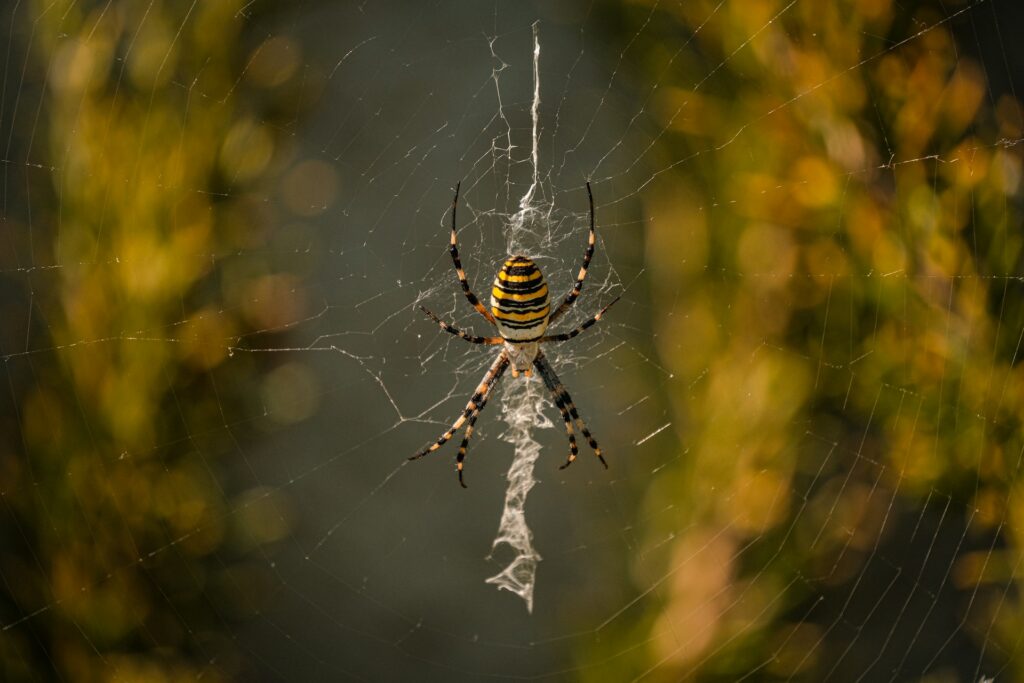
However, some of the most lethal creatures on the planet are so small you might not even notice them until it’s too late. These animals don’t rely on size or brute strength—they wield powerful venom that can shut down organs, paralyse muscles, and, in some cases, kill a person in minutes. Their danger lies in the fact that they’re easy to miss and even easier to underestimate.
Venomous creatures come in all shapes and sizes, but the ones on this list prove that even the tiniest can pack a fatal punch. From oceans to deserts, tide pools to treetops, these animals are a reminder that power doesn’t always come with size. They use their venom to hunt, defend, and survive, and in many cases, a single encounter can be enough to turn deadly for a human. In other words, you might want to give these creatures a wide berth.
1. Blue-ringed octopus
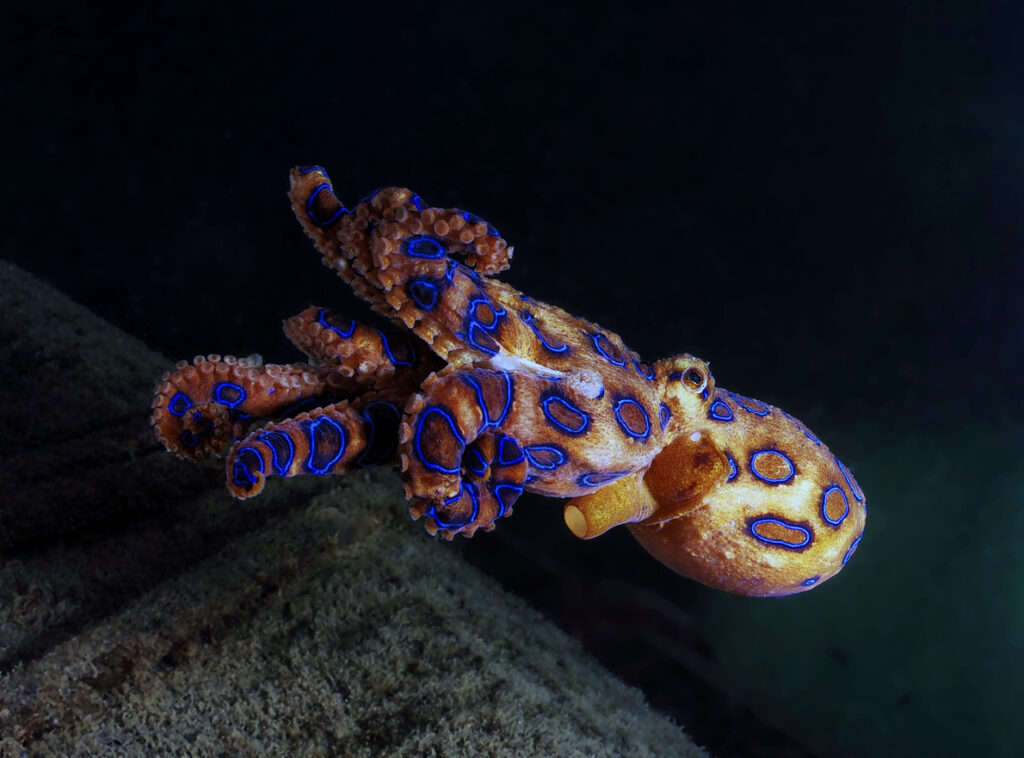
It fits in the palm of your hand and looks almost cute, with its vibrant blue rings flashing as a warning. But this little octopus, found in tide pools around Australia, Indonesia, and Japan, carries tetrodotoxin, a neurotoxin strong enough to cause respiratory failure within hours. There is no known antivenom, and its bite is often painless, meaning a person might not realise they’ve been envenomated until symptoms set in.
What’s truly terrifying is how little venom it needs to be lethal. Just one milligram of tetrodotoxin, which is less than a grain of salt, can be enough to kill an adult. Victims may remain conscious but unable to move or speak, a horrifying experience that gives this octopus its deadly reputation.
2. Cone snail
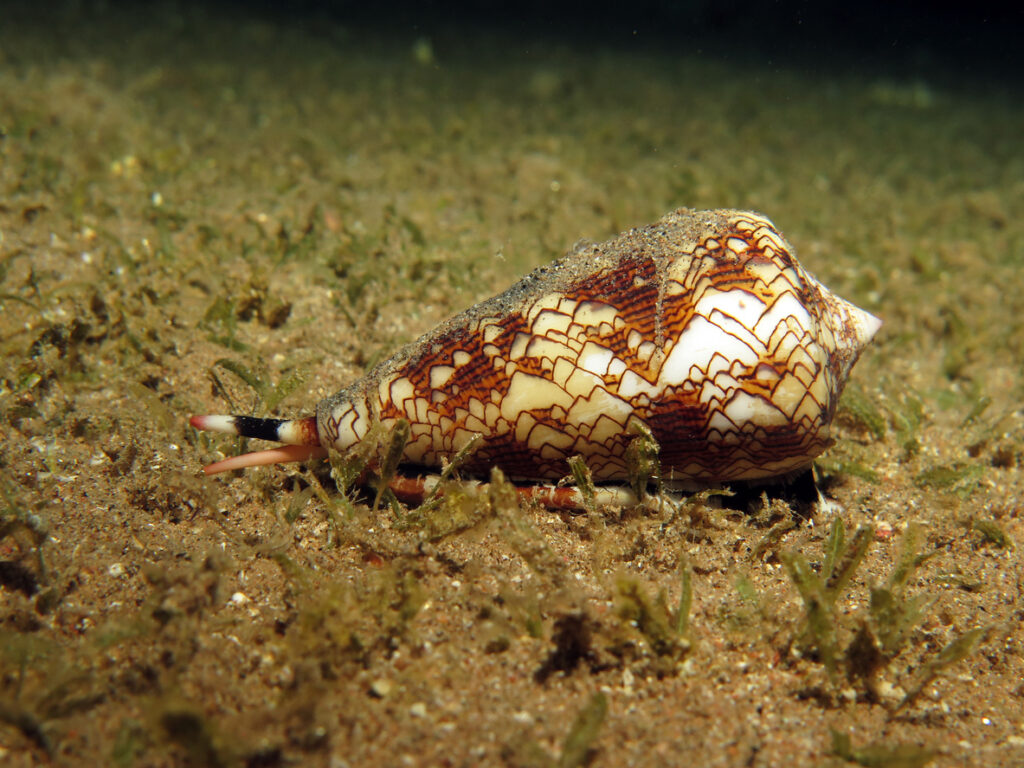
Often found in shallow tropical waters, cone snails have intricately patterned shells that attract collectors. But inside, they house a harpoon-like tooth and a cocktail of toxins known as conotoxins. Some species, like the geography cone, are particularly dangerous, with venom strong enough to cause full-body paralysis and cardiac arrest.
The venom acts quickly, targeting nerves and muscles. There’s no antivenom, and while not every sting results in death, a painful or even fatal outcome is always a possibility. It’s a chilling reminder that beauty can hide danger beneath the surface.
3. Irukandji jellyfish
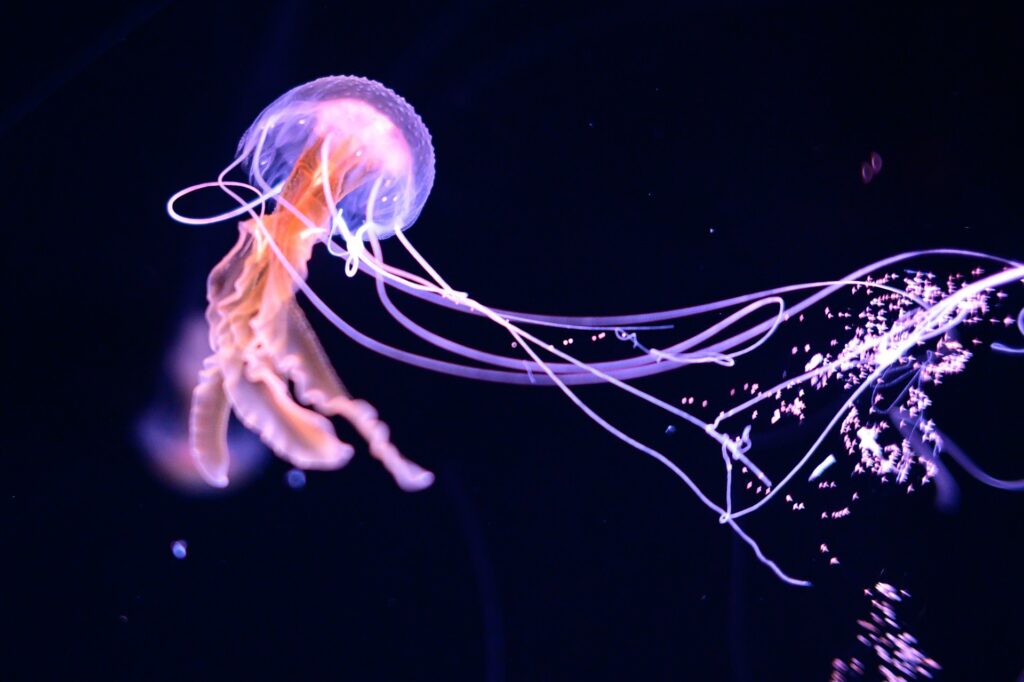
This jellyfish is so small—barely a few centimetres across—that swimmers might never see it until the pain begins. Found in the northern waters of Australia and parts of Asia, its sting causes Irukandji syndrome: severe muscle cramps, vomiting, anxiety, and in some cases, heart failure. What’s most frightening is that symptoms can take 30 minutes to appear, making it harder to treat early.
People who’ve experienced Irukandji syndrome often describe it as unbearable, with some saying they were convinced they were dying. It’s proof that even something almost invisible can have a massive impact.
4. Brazilian wandering spider
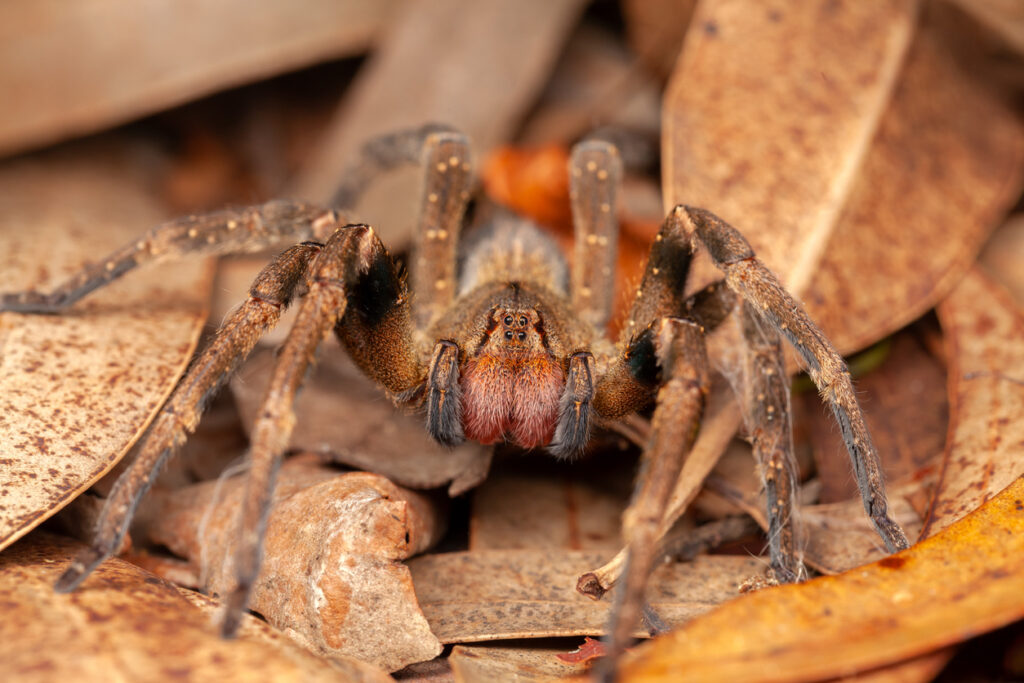
This spider is relatively large compared to some others on this list, but it still fits easily in a shoe, which is exactly where it tends to hide. Found in South America, its bite delivers venom that affects both the muscles and the nervous system. Victims may experience breathing problems, loss of muscle control, intense pain, and in some cases, death.
What makes this spider especially feared is its aggressive behaviour. Unlike most spiders, which flee from humans, the Brazilian wandering spider is more likely to stand its ground and strike. That, combined with its potent venom, makes it a particularly dangerous arachnid.
5. Stonefish
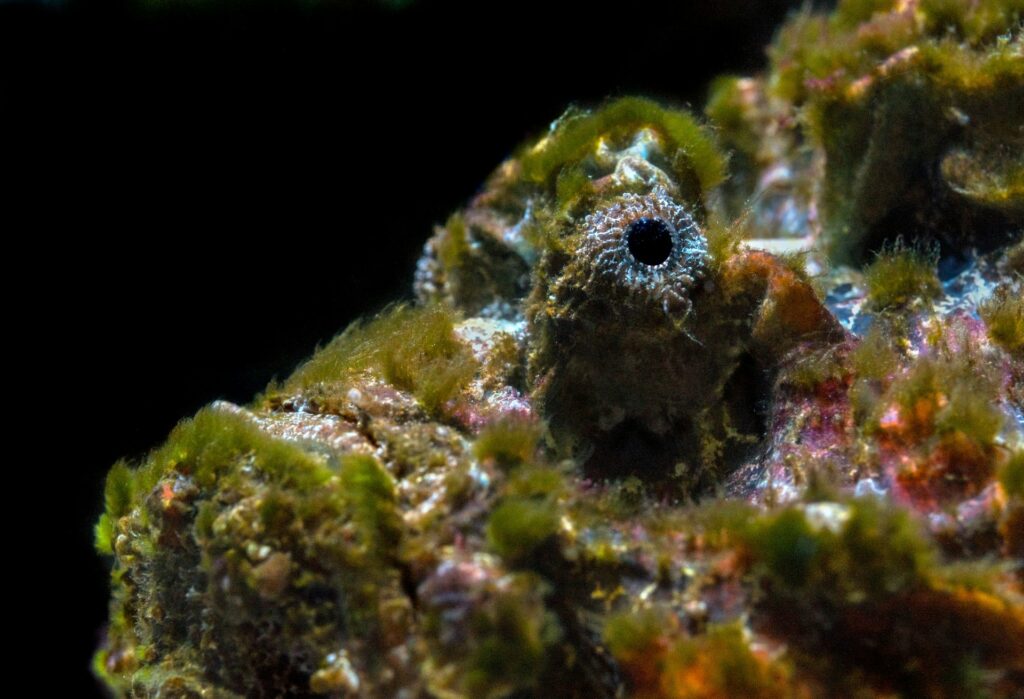
Blending in with the ocean floor, the stonefish is a master of disguise. It often resembles a lump of coral or a rock and waits patiently for prey to swim by. But step on it, and you’ll be on the receiving end of venom delivered through sharp spines along its back. The pain is excruciating, and without treatment, it can lead to shock, paralysis, and death.
Antivenom is available, but the key is rapid response. Stonefish stings are among the most painful injuries known to medicine, and fatalities have occurred when help wasn’t reached in time.
6. Pufferfish

The pufferfish’s defence isn’t just puffing up to look intimidating—it also contains one of the most lethal toxins known to science. Tetrodotoxin is found in its organs and sometimes skin, and just a tiny amount can block nerve signals, leading to paralysis and respiratory failure.
In Japan, the fish is eaten as fugu, a delicacy that must be prepared by licensed chefs trained to avoid poisoning their customers. Even then, mistakes happen. There’s no cure, and survival depends on respiratory support and waiting for the toxin to wear off, assuming it doesn’t stop your breathing first.
7. Deathstalker scorpion
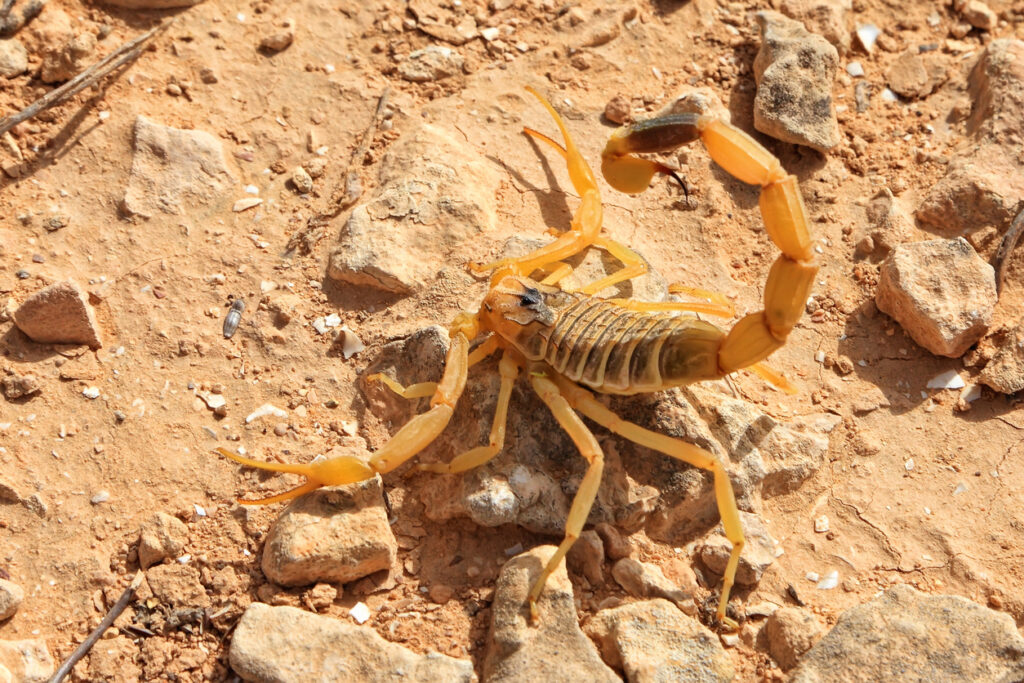
Its name says it all. The deathstalker, found in parts of the Middle East and North Africa, delivers a sting loaded with a mix of neurotoxins and enzymes. While healthy adults usually survive, children, the elderly, and people with compromised immune systems are at higher risk of fatal outcomes.
The sting causes intense pain, sweating, difficulty breathing, and increased heart rate. Interestingly, researchers are studying deathstalker venom for use in cancer treatment and brain imaging, proving that nature’s most dangerous tools can also become powerful allies.
8. Box jellyfish
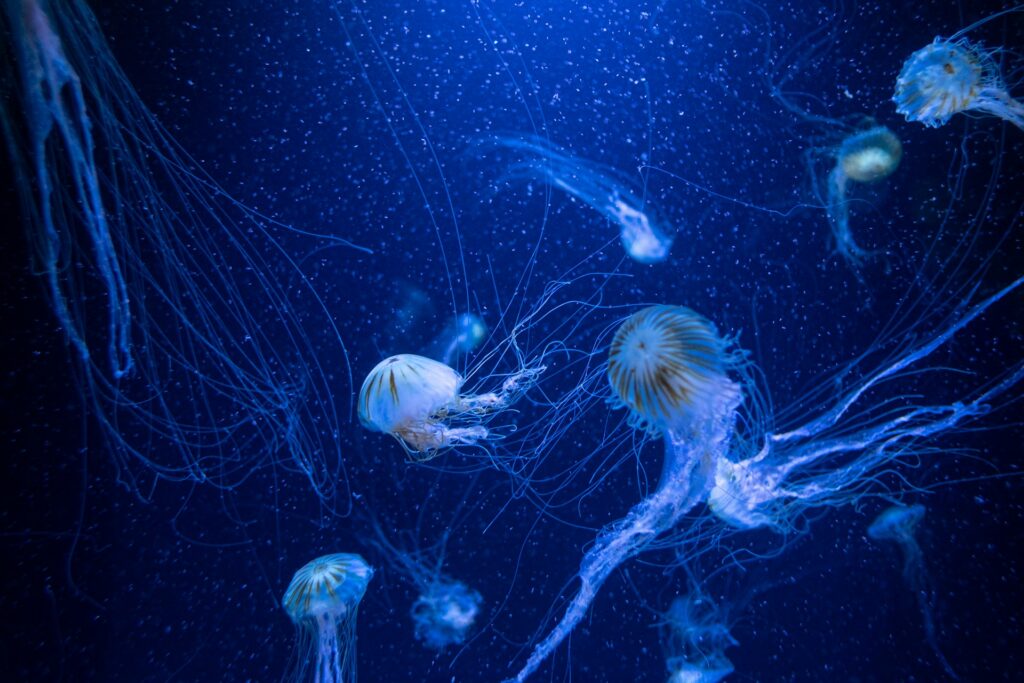
Box jellyfish are larger than the Irukandji but still fall on the smaller side of ocean creatures. Their tentacles, which can grow several metres long, are covered in thousands of stinging cells that inject venom upon contact. The result? Immediate, agonising pain, skin necrosis, and in some cases, heart failure within minutes.
Victims often go into cardiac arrest before reaching shore. The sting leaves red, whip-like marks and requires urgent medical care. Even brief exposure can be deadly, making this jellyfish one of the ocean’s most efficient killers.
9. Bullet ant
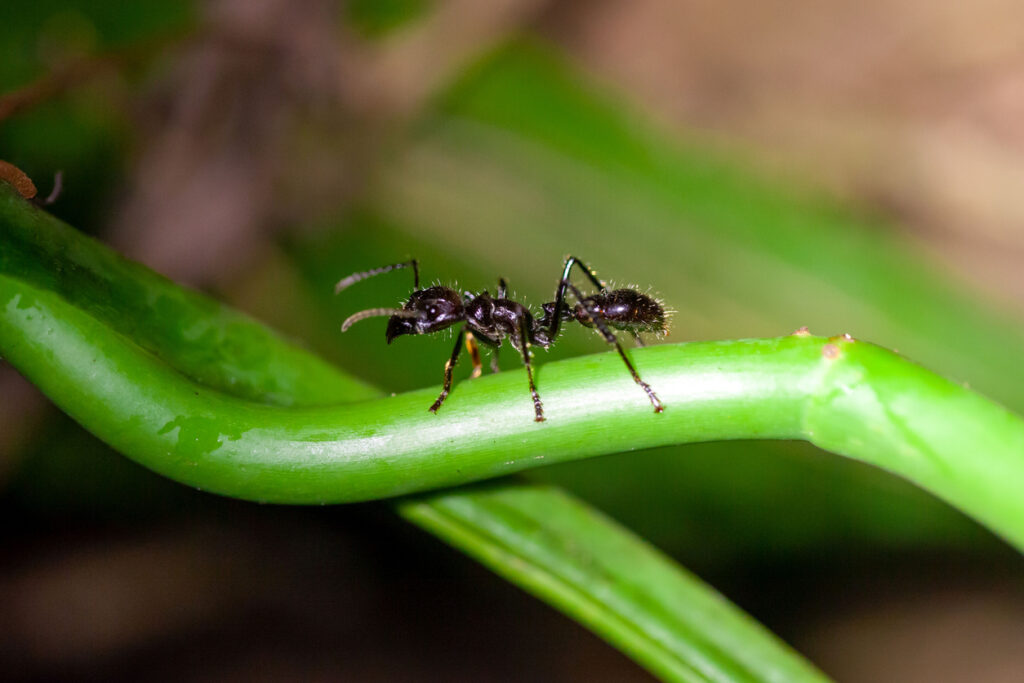
While not typically fatal, the bullet ant’s sting is known as one of the most painful experiences a human can endure. Found in Central and South America, this ant’s venom causes burning waves of pain that can last up to 24 hours. The local name, hormiga veinticuatro, refers to how long the pain lasts.
Some tribes even use bullet ants in initiation rituals. While rare, allergic reactions or multiple stings can lead to dangerous complications, so it’s best admired from a safe distance.
10. Funnel-web spider
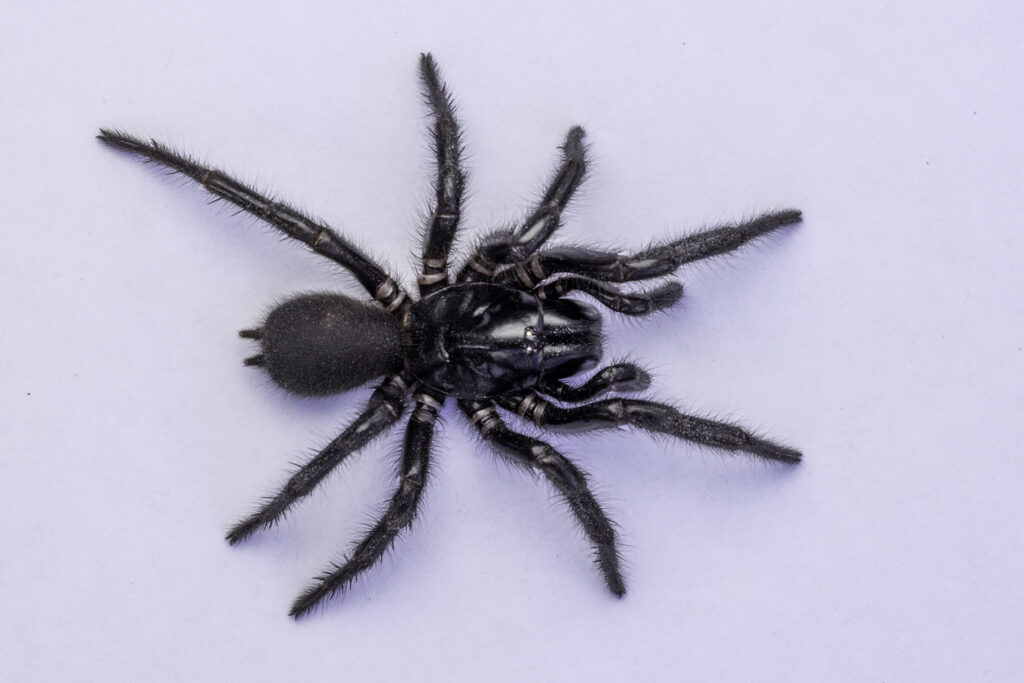
Funnel-web spiders, particularly the Sydney funnel-web, are among the most venomous spiders in the world. Their venom contains atracotoxins, which attack the nervous system and can be lethal within hours. Males are especially dangerous due to a higher concentration of toxins.
What’s worrying is how fast symptoms can set in: difficulty breathing, confusion, twitching, and even coma. Luckily, an effective antivenom has significantly reduced fatalities in Australia, but only if treatment is prompt.
11. Boomslang snake
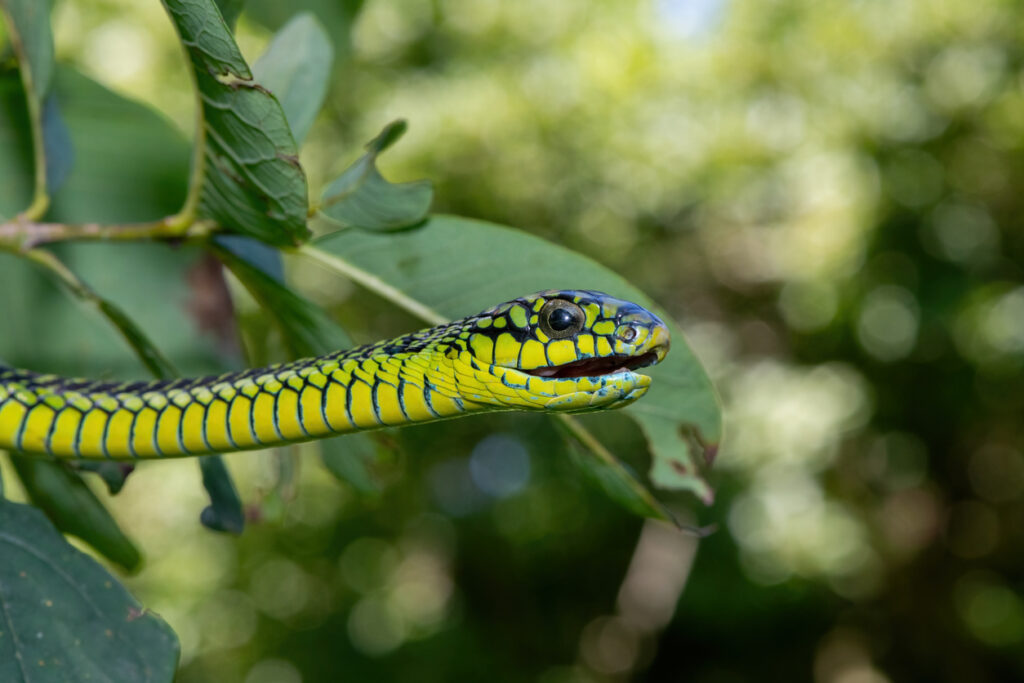
A shy, tree-dwelling snake from Africa, the boomslang doesn’t look threatening, but its venom is surprisingly potent. It causes internal bleeding by interfering with blood clotting. The catch? Symptoms can be delayed for hours, making it all the more insidious.
By the time bleeding starts, it may be too late to intervene. Victims may experience bleeding from the gums, nose, and internal organs. Though bites are rare, they should always be treated as medical emergencies.
12. Marbled cone snail
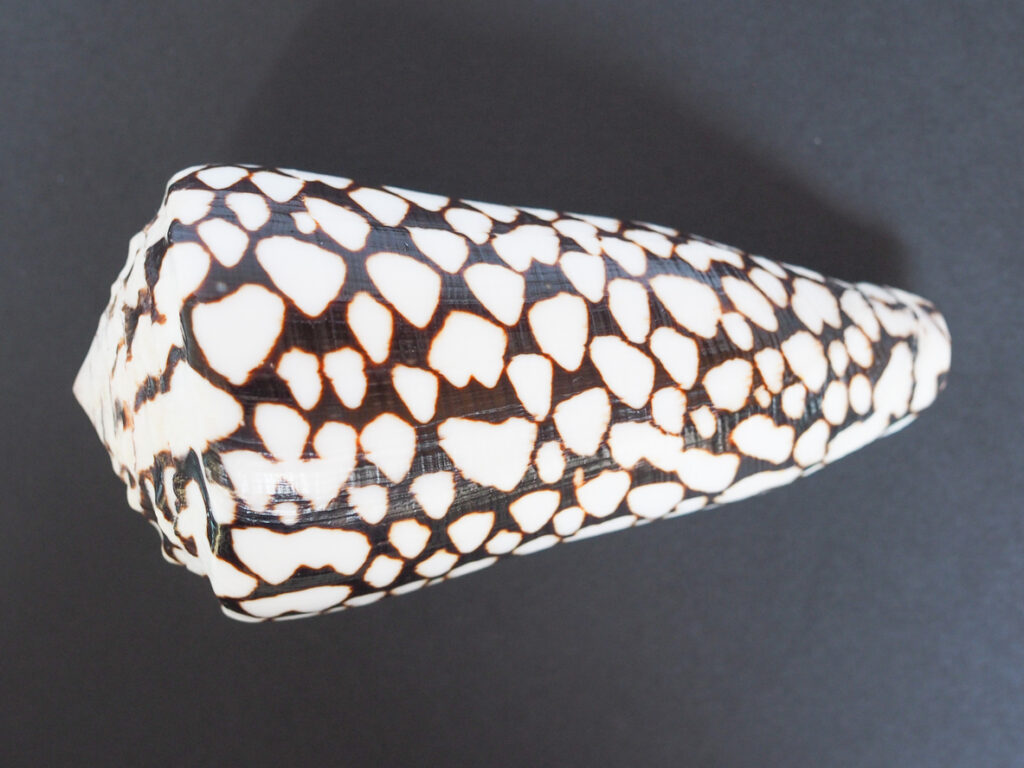
Like its better-known relative, the marbled cone snail uses a barbed tooth to deliver venom packed with conotoxins. It hunts with precision, injecting prey with a mix of neurotoxins that immobilise quickly. For humans, a sting can lead to numbness, paralysis, and respiratory failure.
There’s no antivenom, and fatalities have occurred within hours. Because of their beautiful shells, these snails are often picked up by unsuspecting beachgoers—a mistake that can prove fatal.